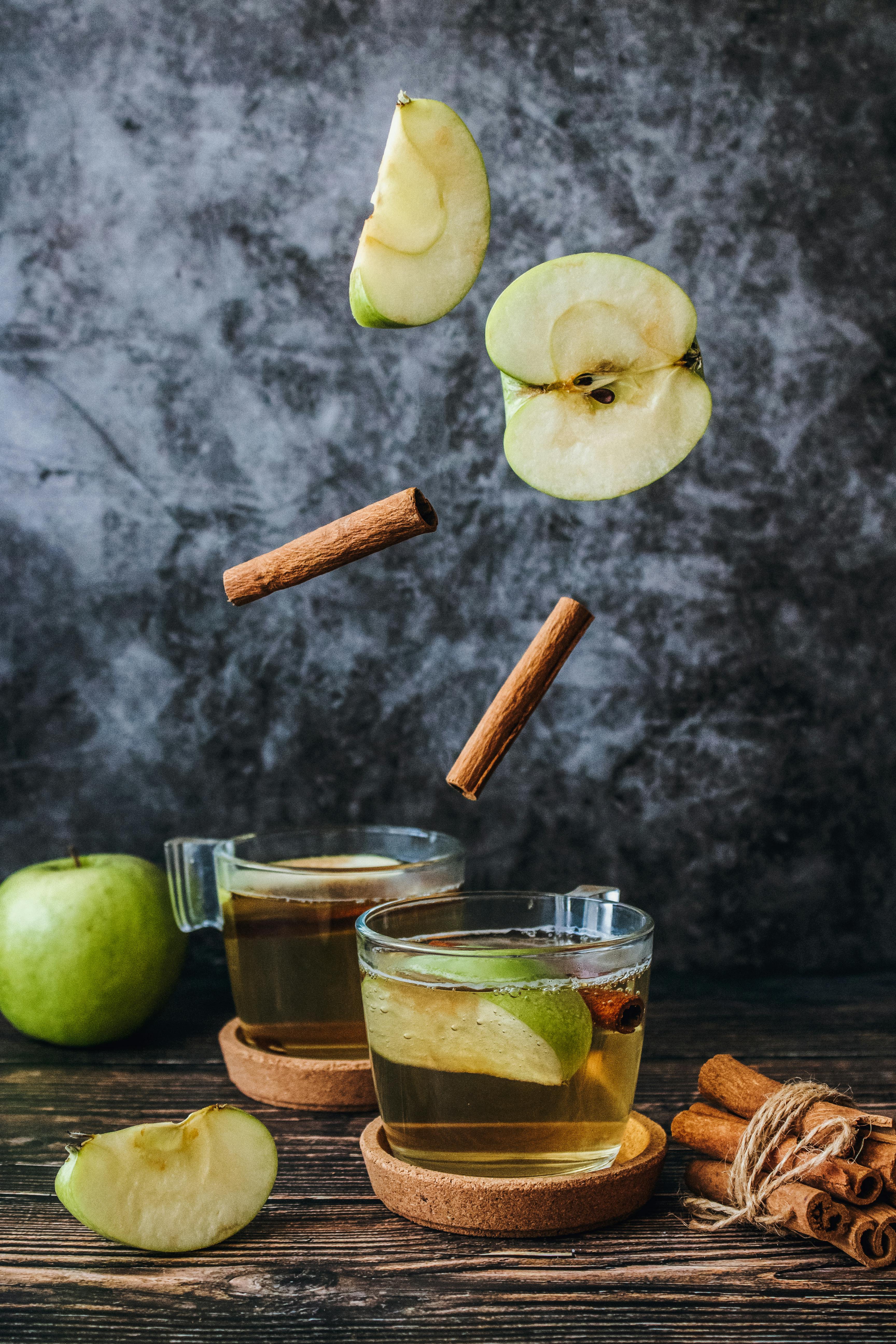From Farm to Glass: The Exciting Journey of Artisanal Cider
In recent years, the craft beverage industry has seen a surge in innovation, creativity, and popularity. One particular trend that has emerged from this boom is the rise of artisanal cider. This invigorating, fruity beverage is no longer the sweet, fizzy drink of our memories. Today, cider makers are creating complex, nuanced brews that can rival the best wines and beers in terms of flavor, sophistication, and craftsmanship.

A Renaissance of an Ancient Tradition
Cider has a long and storied history that dates back to ancient times. In recent years, there has been a renaissance in cider making, with craft cider producers experimenting with various techniques, apple varieties, and production methods. These producers are pushing the boundaries of what cider can be, resulting in an array of unique, diverse, and exciting flavors.
Understanding the Craft of Cider Making
The process of making cider is both an art and a science. It involves careful selection of apple varieties, meticulous preparation of the fruit, and precise control over the fermentation process. The result is a beverage that reflects the distinct character of the apples and the skill of the cider maker.
Exploring the World of Apple Varieties
The choice of apple variety is a critical factor in the flavor profile of the cider. Some apples are sweet and juicy, while others are tart and tangy. Some varieties contribute to the aroma, while others add body and structure to the cider. By blending different apple varieties, cider makers can create a symphony of flavors in each glass.
The Rise of Single Varietal Ciders
In addition to blending different apple varieties, some cider makers are also producing single varietal ciders. These ciders are made from just one type of apple, allowing the unique characteristics of that apple variety to shine through. Single varietal ciders offer a pure, focused expression of the fruit, providing a fascinating insight into the world of apples.
Some interesting facts and tips about artisanal cider:
- Cider apples are different from eating apples. They are often smaller, harder, and less sweet.
- The best cider apples are often those that are not very pleasant to eat raw.
- Cider making, like wine making, is heavily influenced by the terroir – the specific environmental conditions, especially soil and climate, in which the apples are grown.
- Some cider makers are experimenting with wild fermentation, allowing the natural yeasts present on the apples to ferment the cider.
Savoring the Cider Experience
Just like wine, cider is best enjoyed when sipped slowly, allowing the flavors to unfold on the palate. The complexity of a well-crafted cider can be astonishing, with flavors ranging from fresh and fruity to funky and earthy. The next time you’re in a liquor store or a bar, why not give cider a try? You might just find your new favorite beverage.
As we explore the exciting world of food and drink, it is fascinating to see how traditional products are being reinvented and elevated through innovation and creativity. The rise of artisanal cider is a perfect example of this trend, reflecting a renewed appreciation for craftsmanship, quality, and the simple pleasure of a well-made drink. So, here’s to the humble apple – and the remarkable transformation it undergoes from farm to glass.




